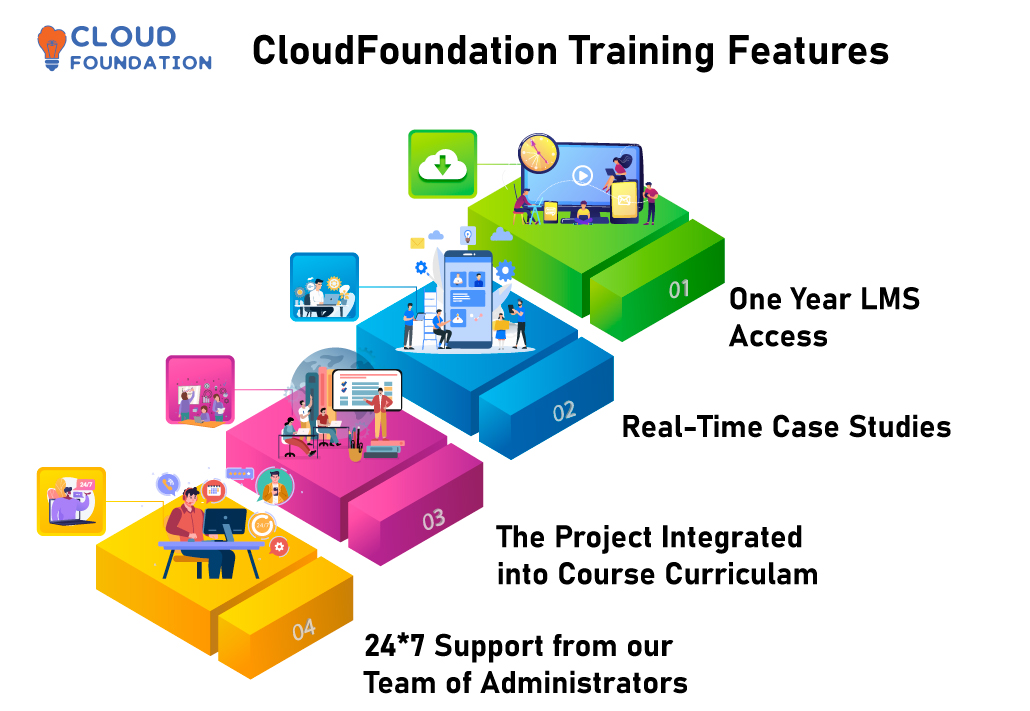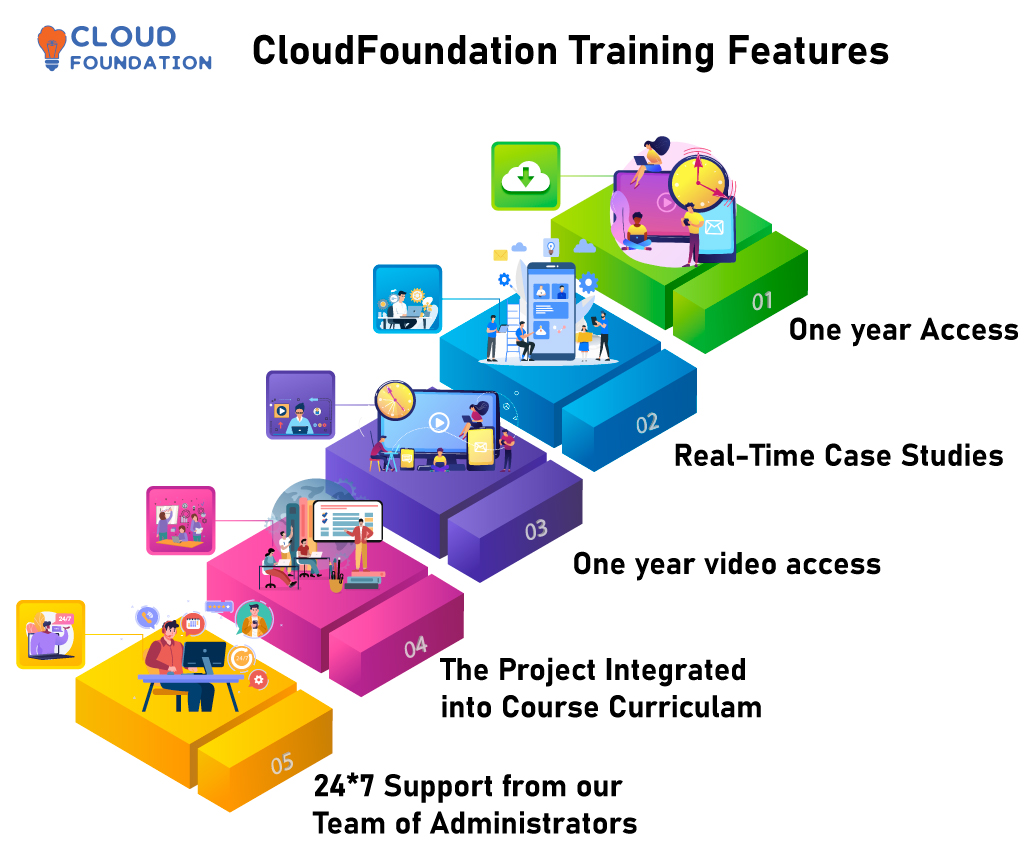Oracle Application Framework (OAF) Training
Oracle Application Framework (OAF) Training
⏰24 hours | ▶️ 24 Videos | 📣 13450 Participants | 🎓 5418 Reviews | 4.9 ⭐⭐⭐⭐⭐
Choose a Plan that Works for You
Self Paced
- Advanced sessions
- Interview Q&A
- Free study Materials
- Premium Technical support
Instructor Led Live Training
- Live Instructor
- Advanced sessions
- Interview Q&A
- Premium Technical Support
Corporate Training
- Live Instructor
- Advanced sessions
- Interview Q&A
- Premium Technical Support
Upcoming Batches EST
Weekday
| Dec 11(1 HR A DAY) |
| 07:00 AM PST |
| Enroll Now → |
Weekday
| Dec 25(1 HR A DAY) |
| 07:00 AM PST |
| Enroll Now → |
Weekend
| Dec 27(1 HR A DAY) |
| 06:30 PM PST |
| Enroll Now → |
Upcoming Batches IST
Weekday
| Dec 11(1 HR A DAY) |
| 07:00 PM PST |
| Enroll Now → |
Weekday
| Dec 25(1 HR A DAY) |
| 07:30 PM IST |
| Enroll Now → |
Weekday
| Dec 28(1 HR A DAY) |
| 07:00 AM PST |
| Enroll Now → |
Course Description
Developers learn the skills required to customize and extend Oracle corporate software applications using Oracle Application Framework (OAF) training. Utilizing Java, they can build web apps that integrate directly with OAF-enabled Oracle products.
Basic OAF Architecture, Application Development, Personalisation and Extension will all be covered during this course and we can learn from attending class, providing practical examples of how OAF is being utilized by real-time applications.
Beginning with Basic is easy when understanding architecture, Java and OOPS concepts; people quickly become experts at building Oracle application pages through this experience and gain an understanding of real-world project work and where to begin their practice of Oracle app development.
Develop Oracle Application Framework development skills in order to design and deploy web-based front-end pages as well as J2EE-type apps within the Oracle E-business suite. Training includes app creation as well as HTML software deployment with this technology.
Oracle EBS self-service pages developed using this framework are known by web users. Publishing these pages directly in their browser makes it simple for anyone to create more user-friendly self-service pages aimed at increasing performance and transaction speed while eliminating assistance or training needs.
OAF creates the presentation layer, adds business logic and manages application flow for Oracle EBS ERP applications, including web-based front-end pages and J2EE apps that use Oracle JDeveloper functionality for the development and maintenance of OAF features.
Developers, technical consultants and IT professionals seeking to design customized Oracle E-Business Suite extensions using OAF should attend this course. In addition, business analysts and project managers will gain a better understanding of OAF as it applies to operations management.
Online learning makes the ideal learning tool to fit into any lifestyle or schedule – offering instructor-led classes or self-paced study according to your learning style and pace.
Oracle Certification of OAF shows expertise in developing enterprise apps using this framework and can give job hunters an edge in an otherwise competitive job environment.

Course Content
1.Introduction to OAF
- Oracle Applications Framework
- OAF and MVC
- OAF Process Flow
- More about OAF
- Advantages of OAF.
- Difference between OAF/Oracle Forms.
- Difference between OAF/ADF.
- Prerequisites for learning OAF.
- Roles and Responsibilities in OAF
2.MVC Architecture
- Overview of the Model.
- Overview of the View.
- Overview of the Controller.
- Onion Structure.
- BC4J File structure.
3.Java Basics
- Class and Objects.
- Methods
- Java Data types.
- Using Java syntax in OAF.
4.Sample Exercises
- Create a Simple page.
- Create Regions and Items page.
- Display Exceptions page.
- Swapping the value from one field to another field.
- Display images on the Page.
- Create Automatic search by using query region with LOV Concept
- Create Result Base Search by using the query region.
- Create Manual Search.
5.Real Time Project on Custom Module
- Creating a Search page with validations.
- Real time Create a page with validations.
- Real time Master Details page.
- Real time Update page.
- Real Time Delete page.
- Calling Oracle APIS in OAF page.
- Calling SQL Statements in OAF Page.
- Cascade Delete Example.
- Dynamically display update page
- Dynamically display details page.
- Usage hash map and Serializations.
- Display Dialog page.
- Debugging OAF code.
6.Real Time Validations
- Compare Two Dates.
- Compare Two Numbers.
- Partial Page Rendering (PPR).
- Usage of SPEL.
- Dependent LOV.
- Dependent Pop list.
- Dynamically Enable Disable fields/Buttons.
- Dynamically Display Colors.
- Restrict special characters in the field.
- Display Upper case and Lower-case letters.
- Display Graph with calculations.
- Dynamic calculations.
- ID value storing.
7.OAF Personalization
- Personalization Levels.
- Create new items, dropping, required, rearranging, disabling.
- Deleting personalization.
- Disabling personalization.
8.OAF Extensions
- Know the types of OAF extension, Overriding policy for Default OAF values as well as for Attribute Validation.
- Types of OAF Extension
- Overriding Default OAF Values
- Override Attribute Validation
9.Real Time project on OAF Extensions and Personalization
- Modifications on Buyers work order pages in I suppliers.
- Modification on I Suppliers Registration page.
- Creating new LOV in Seeded oracle I supplier page.
- Creating a new pop list in Seeded oracle I procurement page.
- Modifications on Payment Manager Enquiry in AP Module.
- I Procurement Extensions for Non-Catalog Requisitions.
- CRM Module Depot Repair Extension
- Retail Marketing Activity Report OAF Page Development in Project
- Accounting and AR Module
10.OAF Deployment
- Deploy pages in oracle apps server by using XML importer script and register in Oracle Apps.
- Deploy bc4j extensions in oracle apps server by jpx importer script.
- Overview of MDS and JDR Utilities and tables
11.OAF State Management
- OA Framework State Caches
- OAF Passivation
- “Back” button support
12.OAF Advanced Exercises
- Display Flex Fields (DFF and KFF).
- Real Time Example on Train Region.
- Real Time Example on HGrid.
- Real Time Example on Switcher.
- Real Time Example on Subtabs.
- Calling XML/BI Publisher Report from OAF page.
13.OAF Performance Tuning
- BC4J and JDBC Guidelines
- SQL Tracing
- Monitor Connection Pool in OAF
- OAF Performance Standards
14.Application Menus and Function Security In OAF
- Understand how to register functions for OAF pages, creating a user and assigning responsibility for the users using JSP test page in this module.
- OAF page menus
- Registering functions for OAF pages
- Creating Responsibilities and Users
- Using JSP test page
15.Implementing Internationalization in OAF
- Date and Time zone Internationalization
- Number and Currency Internationalization in OAF
- Testing Internationalization in OAF
16.Deploying OA Framework Applications
- Creating Deployment Profiles in OAF
- Deploying Model for OAF
- Deploying View and Controller


